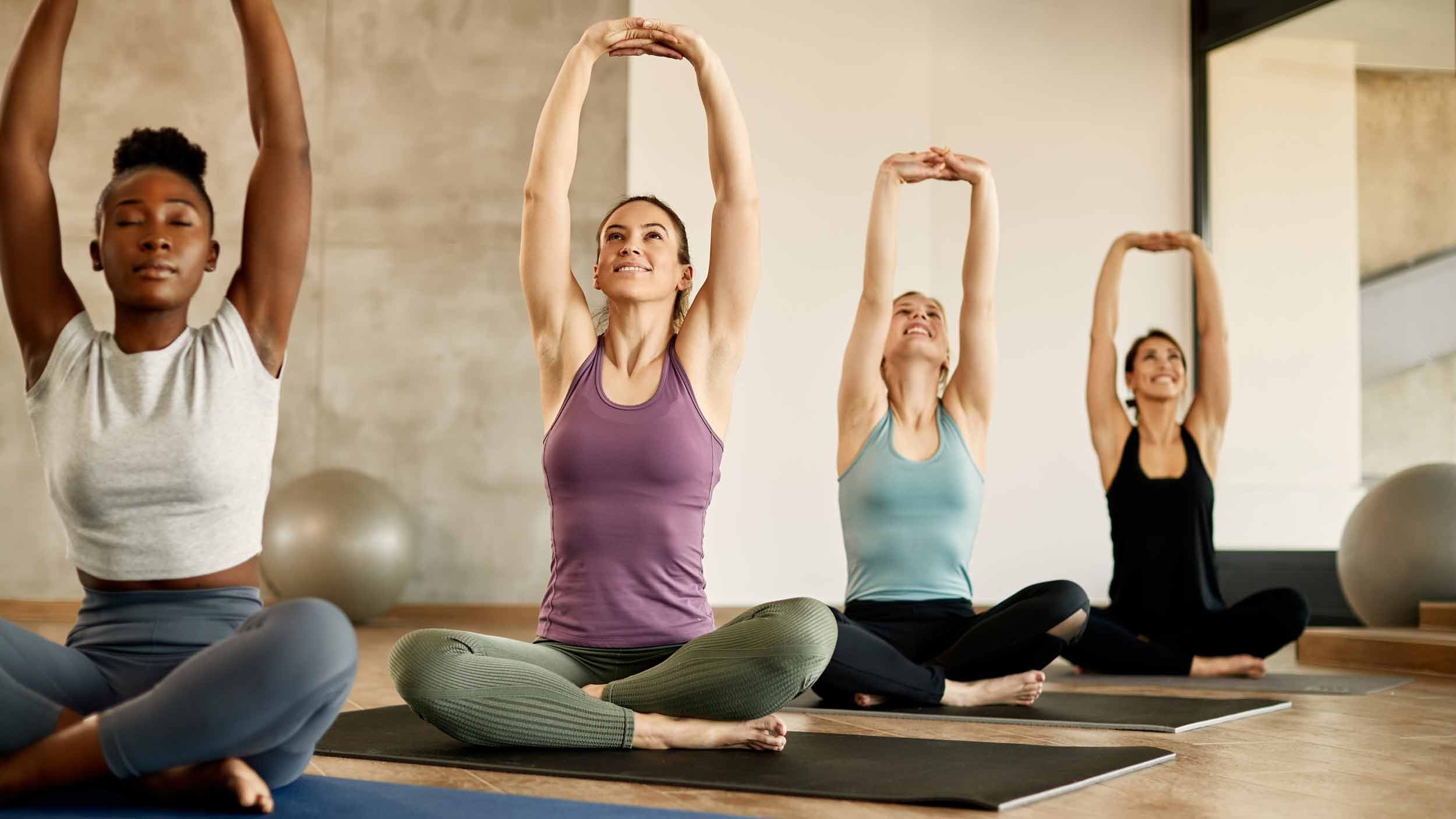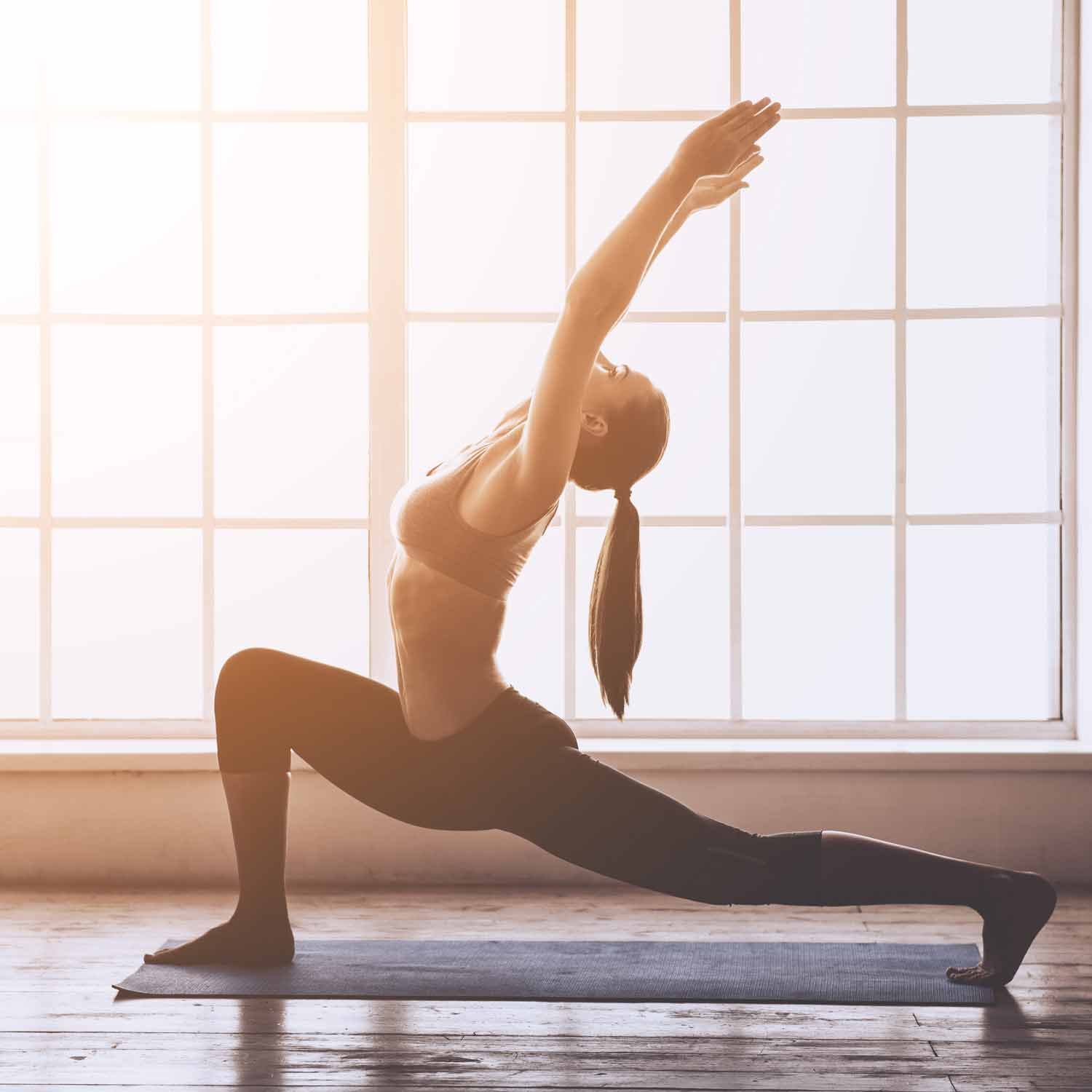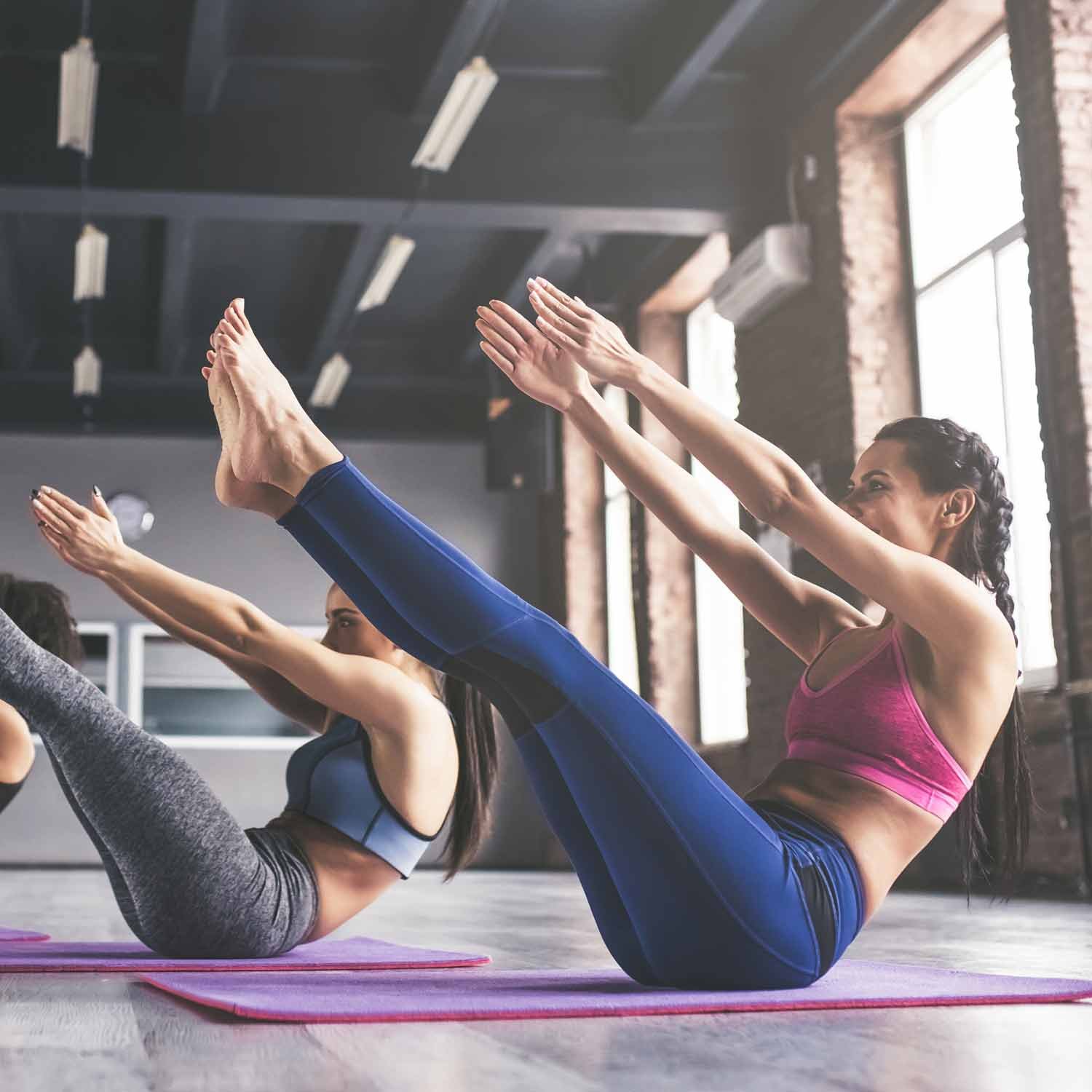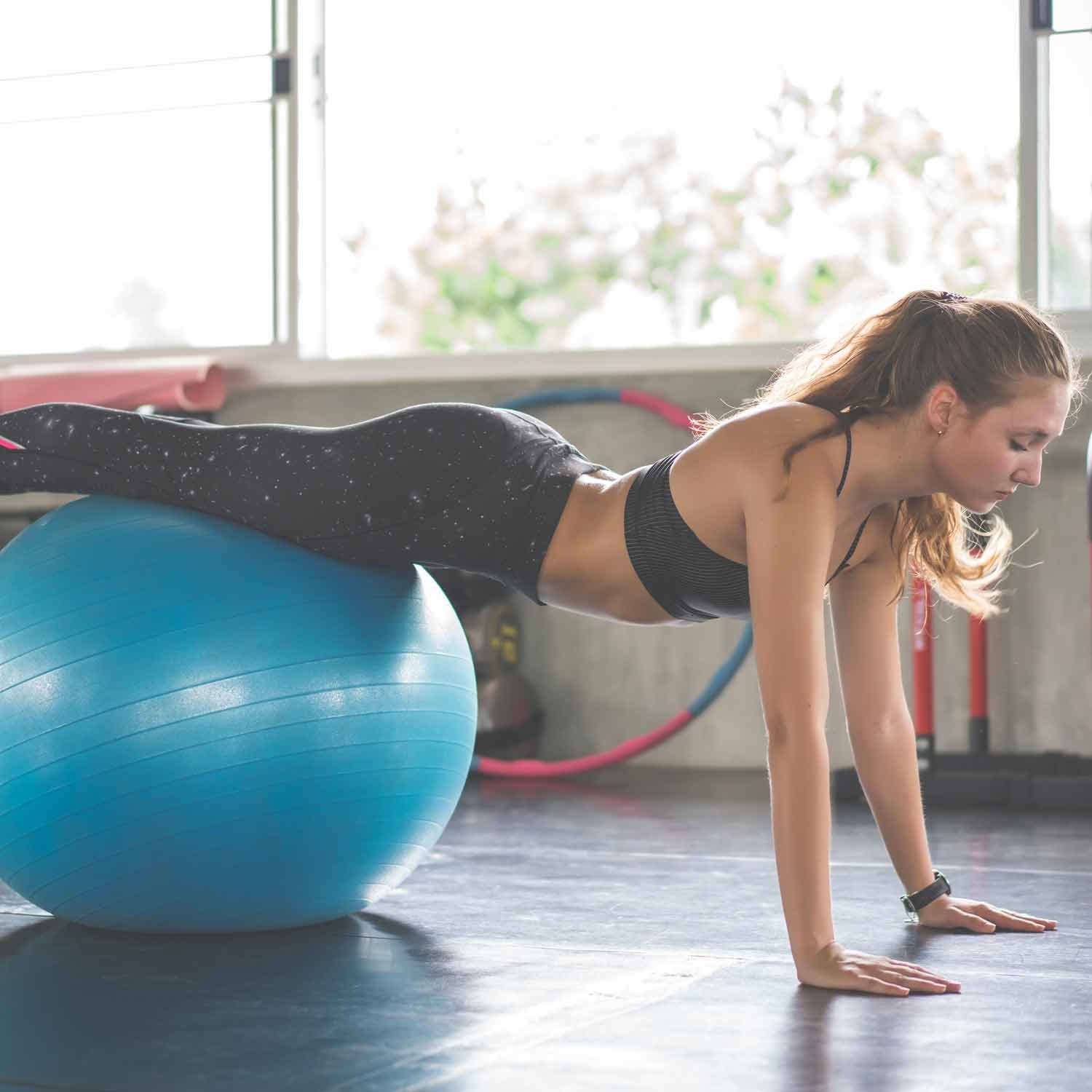How to Get Started with Pilates at Home (Pilates for Beginners)
What is Pilates?
Pilates is a physical fitness system that was developed in the early 20th century by Joseph Pilates. It emphasizes the strengthening of the core muscles and improves posture, flexibility and balance. Pilates exercises are performed on a mat or using specialized equipment and can be modified to suit individual fitness levels.
The focus of Pilates is on controlled movements, breathing, and developing overall mind-body awareness.
Benefits of Pilates
Improves flexibility: Pilates focuses on stretching and lengthening muscles, which leads to increased flexibility and range of motion.
Strengthens core: Pilates places a strong emphasis on engaging the core muscles, leading to improved stability, posture, and balance.
Reduces stress and tension: The controlled movements, deep breathing, and mind-body awareness promoted by Pilates can help reduce stress and tension.
Increases muscle strength: Pilates exercises target multiple muscle groups, leading to increased overall muscle strength and tone.
Improves posture: By strengthening the core muscles and promoting proper alignment, Pilates can help improve posture and prevent back pain.
Increases mind-body connection: The focus on controlled movements, breathing, and awareness in Pilates can help increase the mind-body connection and enhance overall well-being.
Low impact: Pilates exercises are low impact, making it a good option for those with joint pain or other physical limitations.
Improves balance: Pilates focuses on balancing and stabilizing exercises, which can lead to improved balance and coordination.
Pilates Classes vs. Pilates at Home
Pilates classes and Pilates at home both have their own unique advantages and disadvantages.
Pilates classes offer the opportunity to learn from a qualified instructor and receive guidance on proper form and technique. This can be especially helpful for those new to Pilates or those with physical limitations.
Classes also provide a social aspect, as they allow individuals to participate in group exercises and connect with others who have similar fitness goals.
On the other hand, Pilates at home allows for greater flexibility and convenience, as individuals can exercise at their own pace and on their own schedule.
Doing Pilates at home also eliminates the cost and time commitment of attending regular classes. It can be more challenging to maintain proper form and technique without the guidance of an instructor.
The best option depends on individual goals, preferences, and circumstances. Pilates classes may be best for those new to Pilates or who prefer the social and instructional aspect, while Pilates at home may be best for those who prefer flexibility and convenience.
How to Get Started with Pilates at Home
Invest in a Pilates mat: A mat is a fundamental tool for Pilates and will provide cushioning and support for exercises.
Familiarize yourself with the basics: Before beginning a Pilates routine, it is important to familiarize yourself with the basic principles and movements of Pilates. This can be done through online tutorials, books, or videos.
Create a schedule: Establishing a regular Pilates practice can be helpful in maintaining motivation and consistency. Decide on a schedule that works best for you and stick to it.
Start with beginner-friendly exercises: As you get started, focus on beginner-friendly exercises that help build strength and improve posture. This can include exercises such as the “Hundred” and the “Roll Up.”
Incorporate props: Pilates props, such as resistance bands, foam rollers, and Pilates balls, can be used to add resistance and increase the intensity of exercises.
Focus on proper form: Pilates emphasizes controlled and precise movements. Focus on proper form and technique, rather than the number of repetitions.
Gradually increase intensity: As you become more comfortable with the basic Pilates movements, you can gradually increase the intensity of your routine by incorporating more challenging exercises.
Seek guidance if needed: If you have any physical limitations or concerns, seek guidance from a healthcare professional or a certified Pilates instructor to ensure that you are performing exercises safely and effectively.
Best time of day for Pilates for beginners
“choose a time that you can realistically commit to on a daily or weekly basis”
The best time of day for Pilates for beginners is a matter of personal preference and schedule. Some people prefer to do Pilates in the morning as a way to start their day with a boost of energy and focus, while others prefer to do it in the evening as a way to unwind and stretch after a long day.
What is important is to find a time that works best for you and that you can stick to consistently. Pilates is best practiced regularly, rather than sporadically, in order to see results and progress.
Choose a time that you can realistically commit to on a daily or weekly basis.
Best Pilates at Home Exercises for Beginners
The Hundred: This exercise helps to engage the core, improve posture and increase breathing control.
Roll Up: The Roll Up helps to stretch the spine and improve flexibility.
Single Leg Circle: The Single Leg Circle strengthens the core, hips, and glutes while also improving balance.
Bridging: Bridging targets the glutes, hamstrings, and lower back, while also improving spinal alignment.
Leg Pull Front: The Leg Pull Front helps to strengthen the abdominal muscles, improve posture, and increase flexibility.
Side Kicks: The Side Kicks help to tone the legs, improve posture, and increase balance.
The Scissors: The Scissors target the abs, hips, and legs, while also improving coordination and balance.
The Swimming: The Swimming is a great exercise for engaging the back, arms, and legs while improving posture and coordination.
It's important to focus on proper form and technique rather than the number of repetitions or the speed of the exercises. It's also a good idea to start slowly and gradually increase the difficulty level as you become more comfortable with the movements.Top of Form
FAQ
Do I need any equipment to do Pilates at home?
While specialized Pilates equipment can be helpful, it is not necessary to do Pilates at home. A Pilates mat and comfortable clothing are the only essentials.
What are some benefits of doing Pilates at home?
Some benefits of doing Pilates at home include the convenience and flexibility of being able to exercise on your own schedule, as well as the cost savings of not having to pay for a gym or studio membership.
How do I get started with Pilates at home?
To get started with Pilates at home, it is important to find a reputable online resource or video to guide you through a safe and effective workout. Start with beginner-level exercises and work your way up as your strength and flexibility improve.
Can I modify Pilates exercises to suit my fitness level or physical limitations?
Yes, many Pilates exercises can be modified to suit different fitness levels or physical limitations. Always listen to your body and modify or skip exercises as needed to avoid injury and get the most out of your workout.
How often should I do Pilates at home?
The frequency of your Pilates workouts will depend on your fitness goals and schedule. Aim to do Pilates at least 2-3 times per week for best results. As you become more comfortable with the exercises, you can increase the frequency or duration of your workouts as desired.
Final Thoughts
Getting started with Pilates at home can be a convenient and effective way to improve overall fitness and well-being. To get started, it's important to invest in a Pilates mat and familiarize yourself with the basic principles and movements.
Establishing a regular Pilates practice by creating a schedule and starting with beginner-friendly exercises can help build strength, improve posture, and increase flexibility. Incorporating Pilates props, such as resistance bands or foam rollers, can add resistance and increase the intensity of exercises.
Focusing on proper form and technique, rather than the number of repetitions, is essential for maximizing the benefits of Pilates and avoiding injury. With its low impact, controlled movements, and emphasis on mind-body connection, Pilates is a safe and effective form of exercise for people of all fitness levels.
By starting Pilates at home, you can enjoy its numerous benefits at your own pace and convenience.














